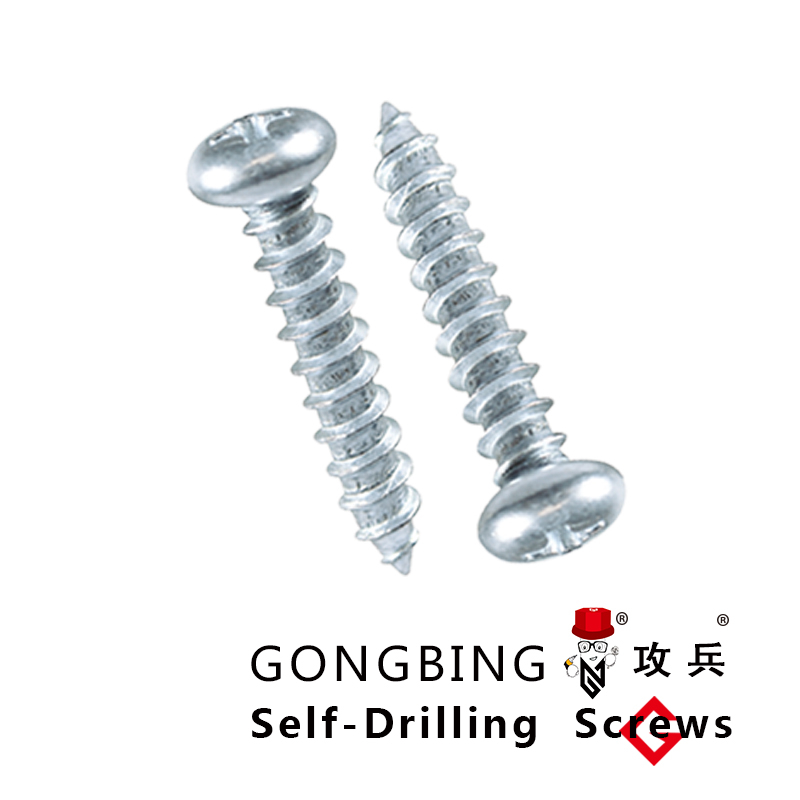The Current Market Trends for Butterfly Screws Pricing and Availability
The Pricing Dynamics of Butterfly Screws An Overview
Butterfly screws, a type of fastener characterized by their distinctive winged head design, have become increasingly popular in various industries, from woodworking and furniture manufacturing to automotive and electronics. Their unique design allows for easy operation by hand, making them ideal for applications where frequent adjustments and removals are necessary. However, like any other industrial component, the price of butterfly screws can vary widely based on several factors, including material, size, manufacturer, and market demand.
Understanding Butterfly Screws
Before diving into pricing, it’s essential to understand what butterfly screws are and their applications. Typically made of materials such as stainless steel, carbon steel, or plastic, butterfly screws are designed for quick assembly and disassembly. Their shape allows for a stable grip, enabling users to tighten or loosen the screws without the need for additional tools. This feature makes them particularly useful in environments where equipment maintenance or adjustments are frequent, such as in the production of modular furniture, electronic devices, or automotive components.
Factors Influencing Pricing
1. Material Composition The type of material used in manufacturing butterfly screws greatly influences their price. For instance, stainless steel screws tend to be more expensive than those made of plastic or carbon steel due to their durability and resistance to corrosion. In industries where screws are exposed to moisture or chemicals, the higher upfront cost of stainless steel is often justified by their longevity and reduced maintenance needs.
2. Size and Specifications The dimensions and thread specifications of butterfly screws also play a crucial role in determining their price. Larger screws often require more material and may involve more complex manufacturing processes, resulting in a higher cost. Furthermore, specialized screws designed for unique applications or those with specific threading may come at a premium due to their tailored production requirements.
3. Manufacturing Process The method used to produce butterfly screws can affect their price as well. Mass-produced screws typically benefit from economies of scale, allowing manufacturers to lower prices for large orders. Conversely, custom-made or low-volume screws may be significantly more expensive due to the higher labor and material costs involved.
butterfly screws price

4. Branding and Quality The reputation of the manufacturer can also influence pricing. Established brands that are known for high-quality products may command higher prices compared to lesser-known manufacturers. Customers often perceive a higher value in screws from reputable manufacturers, believing they offer better performance, consistency, and reliability.
5. Market Demand and Supply The overall market demand and supply for butterfly screws can lead to fluctuations in prices. For example, during peak construction seasons or technological booms, demand may outstrip supply, driving prices up. Conversely, an oversupply of screws in the market can lead to price reductions as manufacturers attempt to clear inventory.
Current Market Trends
As of late 2023, the global market for butterfly screws is witnessing notable trends influenced by various factors, including sustainability. The increasing emphasis on sustainable practices has led to a rise in the demand for eco-friendly materials. Manufacturers are exploring options like recycled metals and bio-based plastics, which could impact pricing structures.
Additionally, the ongoing advancements in manufacturing technologies, such as automation and 3D printing, are beginning to influence production costs positively. As these technologies become more integrated into production processes, it is expected that the overall cost of butterfly screws may decrease, benefiting consumers.
Conclusion
In conclusion, the pricing of butterfly screws is influenced by a multitude of factors, including material choices, size, manufacturing processes, brand reputation, and market dynamics. Understanding these elements can help consumers and businesses make informed purchasing decisions. As the market continues to evolve, staying abreast of trends and innovations in the fastener industry will be vital for those reliant on butterfly screws in their operations. Whether for DIY projects or large-scale industrial applications, recognizing the nuances of pricing can ensure that one gets the best value for their investment in butterfly screws.
-
Weatherproof Plastic Expansion Anchors for OutdoorNewsJun.06,2025
-
Sustainability in the Supply Chain: Eco-Friendly TEK Screws ProductionNewsJun.06,2025
-
Load-Bearing Capacity of External Insulation FixingsNewsJun.06,2025
-
Double Head Bolts: Enhancing Efficiency in Industrial MachineryNewsJun.06,2025
-
Corrosion Resistance in Chipboard Screws: Coatings for Wholesale DurabilityNewsJun.06,2025
-
Butterfly Toggle Bolts : Enhancing Structural ResilienceNewsJun.06,2025
